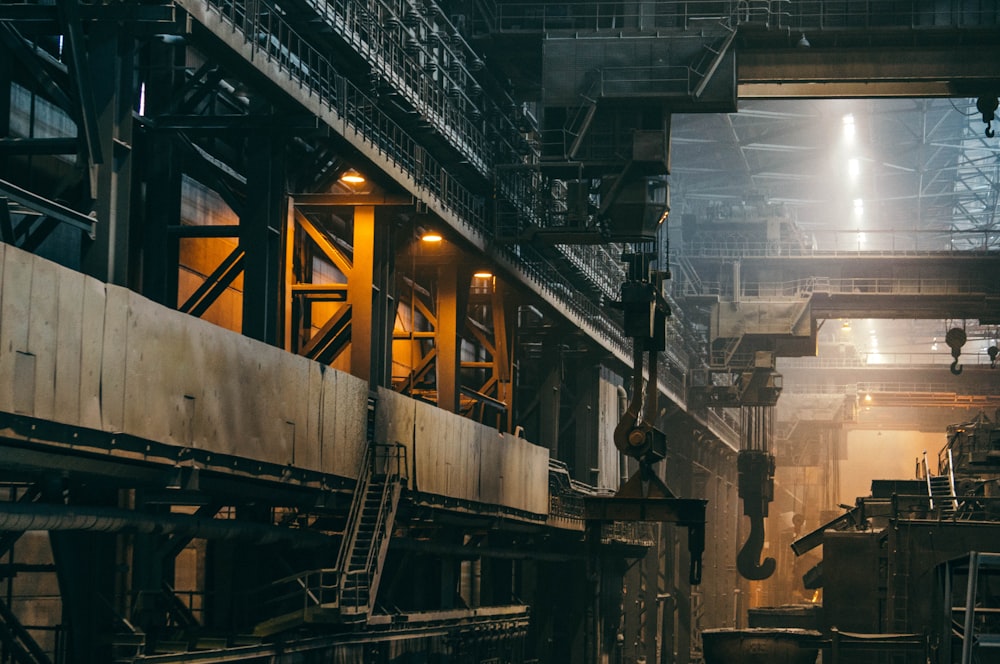Most Favoured Nation: Sanctions Union
Turkey but for Sanctions, circumvention, JCBs and UK trade data
Welcome to the 122nd edition of Most Favoured Nation. The full post is for paid subscribers only, but you can sign up for a free trial below.
Generally speaking, if two (or more) countries are in a customs union it means that they have made a decision …
not to apply tariffs to goods moving within the customs union
to apply an equivalent tariff to imports from non-members.
The primary benefit of a customs union over a free trade agreement is that the tariff-free trade between its members is the default. This is different from a free trade agreement (FTA), where the tariff-free trade is conditional on the traded product fulfilling the FTA’s rules of origin requirements.
In an FTA scenario, the rules of origin requirements are necessary to determine whether the product originates in one of the FTA countries and, therefore, qualifies for tariff-free trade. Without rules of origin, goods made somewhere else in the world could benefit from the preferential treatment if they were transhipped via the territory of one of the FTA members.
For example, assume country A has a FTA with country B. But country A applies a 0% tariff to widgets from country C, while country B applies a 10% tariff to widgets from country C.
Without rules of origin, widget makers in country C could export to country A (0% tariff) and then tranship the widgets onward to country B, making use of the FTA between country A and and avoiding the country B tariff on imports from country C
Within a customs union, this is not a problem. Both country A and country B would agree to apply a tariff at the same rate (say, 5%) to widgets imported from country C. The risk of circumvention is therefore removed, which removes the need for rules of origin requirements.
This is useful for businesses because rules of origin provisions are annoying, and compliance can be time-intensive and costly.
Anyhow, customs unions have been around for a while, in various different guises and levels of success.
But in recent years, we are starting to see the principles outlined above in a different area of policy: sanctions.
Following Russia’s invasion of Ukraine, the EU introduced sanctions on Russian iron and steel (and lots of other things). As of 2023, these sanctions not only bar the direct import of Russian iron and steel, but also steel products that have been processed in countries other than Russia that incorporate Russia-origin iron or steel inputs.
In practice, this means that EU importers of steel and iron products now need to demonstrate the origin of their goods, and present mill test certificates to prove that none of the steel and iron inputs originate in Russia.
These requirements have created some issues for, say, UK steel exporters to the EU, who need to comply with the new obligations despite the UK having the exact same sanctions in place on Russian steel and iron inputs (meaning the risk of any UK export to the EU incorporating sanctioned inputs is minimal).
The solution? A Sanctions Union, of course!
And the EU has already got going with this. In its December 2023 sanctions package, the EU included provisions adding Switzerland to its list of countries exempt from the obligations, given it applies the same sanctions directly.
See:
And:
The UK is currently conspicuously missing from this list, despite applying the exact same sanctions. But I expect this will change soon enough.
Keep reading with a 7-day free trial
Subscribe to Most Favoured Nation to keep reading this post and get 7 days of free access to the full post archives.





